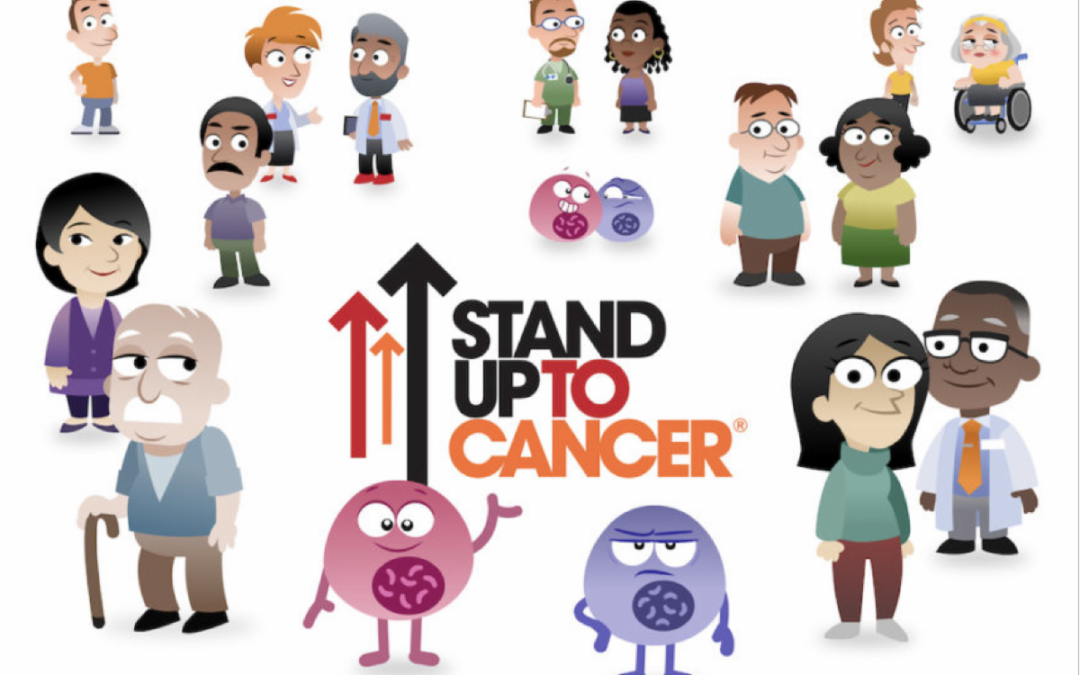Using Animation to Enhance Understanding and Engagement for Serious Disease States
—–
Stand Up To Cancer funds Dream Teams to accelerate cancer research, bringing different institutions together to advance new treatments. Those goals can’t be realized without clinical trials, but only 3% to 5% of adult cancer patients participate.
—–
To change that, Stand Up To Cancer created a new Clinical Trials section of its website with the goal to dispel myths about clinical trials, as well as encourage more diversity among trial participants. D2 Creative, in collaboration with patient advocacy group Mill Pond Communications, created 14 short videos explaining clinical trials and types of treatment.
View one of the animations here
—–
While it was essential that the material be scientifically sound and earn approval from the scientific and leadership teams, the videos also had to “take out the scary.” For example, they needed to communicate to patients that they aren’t “guinea pigs” at the mercy of a research team and that the use of placebos is exceedingly rare in cancer clinical trials.
—–
The videos blend character animation and visual metaphors with a touch of humor. Visuals are simple and backgrounds muted, reducing distractions. The characters don’t speak, which streamlines the translation process.
—–
The videos appear on the Stand Up to Cancer site and on YouTube, and are offered to other non-profits to promote understanding of cancer clinical trials. The team expects the animations to continue to gain clicks and views as a result.
—–
We anticipate this friendly, animated storytelling approach can be adapted to multiple healthcare disease and procedural categories to educate and comfort the widest patient demographic.
—–
REALITYRx and D2 are long-time strategic and multimedia partners sharing a 50,000 square foot facility with full service in-house video capabilities. The RRx Global Network, which includes D2, provides a broad understanding of strategic and clinical aspects of the pharmaceutical, device, diagnostic and healthcare categories. This ranges from prelaunch and launch to generic and, in this case, patient communications.


